How powerful were the Alaska class cruisers? That question could not be answered without first looking at its weapons. Serving as the primary armament for the Alaska class large cruisers, the 12″/50 Mark 8 naval gun was one of the most advanced naval guns developed by the United States during the Second World War. Combining most of the latest gun technologies available at the time, the Mark 8 was lightweight, yet extremely powerful. In fact, this weapon was so powerful, it is often compared with the larger 14″ naval guns that armed older American battleships. In this article, we are going to look at the performance of these naval guns and see just how powerful the 12″ Mark 8 truly was.
Range:
The range of a naval gun is how far it can throw its shell. If a naval gun outranged its target, it could actually fire on it without taking return fire. For this reason, the range is a very important factor when considering the power of a naval gun.
With a propellant charge of 275lbs (125kg), the 12″ Mark 8 could throw its 1,140lb (517kg) armor-piercing shell to a maximum range of 38,573 yards (35,271m) when elevated to 45 degrees. This was with a muzzle velocity of 2,500fps (762 m/s).
In comparison, the larger 14″/50 Mark 11 (a later modernized gun used to rearm the New Mexico and Tennesee classes) used a 420lb (190.5kg) propellant charge to throw a 1,500lb (680.4kg) armor-piercing shell out to a maximum range of 36,800 yards (33,650m) at an elevation of 30 degrees (the maximum permitted by the turrets on the older dreadnoughts). Muzzle velocity was 2,700 fps (823 m/s).
Despite a greater muzzle velocity for the 14″ naval gun, the greater gun elevation of the 12″/50 Mark 8 granted it a slight range advantage of roughly 1,700 yards.
Specifications:
12″/50 Mark 8
- Shell Weight – 1,140lbs (517kg) Armor Piercing Shell / 940lbs (426kg) High Explosive Shell
- Propellant Charge – 275lbs (125kg)
- Muzzle Velocity – 2,500fps (762m/s) when firing AP shells
- Gun Elevation permitted by Turret – 45 Degrees
- Maximum Range with AP Shells – 38,573 Yards (35,271 Meters)
14″/50 Mark 11
- Shell Weight – 1,500lbs (680.4kg) Armor Piercing Shell / 1,275lbs (578kg) High Explosive Shell
- Propellant Charge – 420lbs (190.5kg)
- Muzzle Velocity – 2,700fps (823m/s) when firing AP shells
- Gun Elevation permitted by Turret – 30 Degrees
- Maximum Range with AP Shells – 36,800 Yards (33,650 Meters)
16″/50 Mark 7
- Shell Weight – 2,700lbs (1,225kg) Armor Piercing Shell / 1,900lbs (862kg) High Explosive Shell
- Propellant Charge – 660lbs (299.4kg)
- Muzzle Velocity – 2,500fps (762m/s) when firing AP shells
- Gun Elevation permitted by Turret – 45 Degrees
- Maximum Range with AP Shells – 42,345 Yards (38,720 Meters)
**For a bit of extra information, we added the specifications for the 16″/50 Mark 7, the most powerful battleship gun fielded by the United States Navy during the Second World War. This will give an idea of just how much more powerful Naval guns got.**
Armor Penetration:
A very surprising area. The heavier shell and greater muzzle velocity of the 14″/50 Mark 11 would suggest that it should enjoy a significant armor penetration advantage over the smaller, lighter 12″/50 Mark 8. However, this was not quite true.
Depending on the range, the 12″/50 remained fairly competitive with the larger naval gun. Out to a range of 10,000 yards, the larger 14″ naval gun could penetrate about 2″ (50mm) of additional vertical armor. Out to 20,000 yards, the difference lessened to 1″ (25mm). By 30,000 yards or greater, the 12″/50 actually matched the 14″/50 in vertical armor penetration.
Due to the heavy shell and lesser muzzle velocity (resulting in a steeper angle of descent), the 12″/50 Mark 8 actually matched the performance of the 14″/50 against horizontal armor. This remained true out to 30,000 yards. Past that, the 12″/50 actually began to surpass the larger naval gun.
Bursting Charge:
Armor penetration is important. However, what the shell can do after penetrating the target’s armor is also worth noting. This is where the bursting charge of each shell comes into play. The bursting charge is the explosive charge that detonates once activated (Typically controlled by the shell’s fuse). The larger the bursting charge, the more damage the shell will inflict on its target.
While the 14″/50 had a size advantage that allowed it to carry a larger explosive charge for both AP and HE shells, the newer design of the 12″ shells granted them a very impressive charge. The Armor Piercing shells offered a bursting charge that was within 5 lbs of the larger 14″ shell while the High Explosive shells enjoyed a bursting charge within 25 lbs. Impressive performance considering the size and weight difference in the shells themselves.
Specifications:
12″/50 Mark 8 Bursting Charges
- Armor Piercing Shell Bursting Charge – 17.4lbs (7.9kg)
- High Explosive Shell Bursting Charge – 79.44lbs (36kg)
14″/50 Mark 11 Bursting Charges
- Armor Piercing Shell Bursting Charge – 22.9lbs (10.4kg)
- High Explosive Shell Bursting Charge – 104.21lbs (47.3kg)
16″/50 Mark 7 Bursting Charges
- Armor Piercing Shell Bursting Charge – 40.9lbs (18.55kg)
- High Explosive Shell Bursting Charge – 153.6lbs (69.67kg)
Rate of Fire:
Range, armor penetration, and firepower are all important traits. However, they are diminished if a naval gun cannot fire a sufficient number of rounds within a timely manner. The more rounds a gun can expend, a greater chance it has in achieving a hit or landing a crippling blow.
This is an area where the 12″/50 Mark 8 enjoyed a significant advantage. A combination of lighter shells/charges and a more modern ammunition handling system allowed the 12″ Mark 8 to achieve a maximum rate of fire of 2 rounds per minute (a theoretical maximum rate of fire of 3 rounds per minute was possible, but I have not found an example of the gun crew achieving this yet in service).
The 14″/50 Mark 11, despite carrying what the US Navy considered an adequate ammunition handling system for the time, averaged a rate of fire of 1.75 rounds every minute.
Specifications:
12″/50 Mark 8
Rate of Fire – 2 to 3 rounds per minute
14″/50 Mark 11
Rate of Fire – 1.75 to 2 rounds per minute
16″/50 Mark 7
Rate of Fire – 2 rounds per minute
Barrel Life:
Every time a gun fires, it inflicts damage upon itself due to friction. With every shell that passes through the barrel, a small amount of the rifling/barrel liner is eroded. If a sufficient number of shells are fired, the barrel might suffer enough erosion that the gun cannot maintain adequate performance, impacting the gunnery. For this reason, ships must return to port periodically to have their worn-out guns replaced by fresh ones to restore gunnery performance. Barrel life is the maximum number of shells a naval gun can fire before performance degrades enough to warrant new guns.
As the United States Navy expected to have its ships operating far from friendly ports, it was important to maximize the barrel life of its naval guns. This would allow its ships to extend their operating times in service.
The 12″/50 Mark 8 enjoyed the greatest barrel life among all of the large calibre naval guns employed by the United States Navy. While some of this can be attributed to their more modern design, they also benefitted from their lighter shells and more modest muzzle velocity, both features that lessened the damage done to the barrels as the guns fired. In contrast, the 14″/50 Mark 11, despite being designed to maximize barrel life, still suffered from a heavier shell and an above-average muzzle velocity.
Specifications:
12″/50 Mark 8
Barrel Life – 344 Rounds
14″/50 Mark 11
Barrel Life – 250 Rounds
16″/50 Mark 7
Barrel Life – 290 Rounds (During WW2, later increased)
Dimensions:
Despite the comparable performance in gunnery, it’s worth pointing out how much smaller the 12″/50 Mark 8 was to highlight its excellent performance. Compare the size and weight of the 12″/50 Mark 8 to the 14″/50 Mark 11 below:
Specifications:
12″/50 Mark 8
Length – 612″ (15.5m)
Weight – 121,850lbs (55,260kg)
14″/50 Mark 11
Length – 714″ (18.1m)
Weight – 179,614lbs (81,473kg)
16″/50 Mark 7
Length – 816″ (20.7m)
Weight – 267,904lbs (121,519kg)
Final Thoughts
Overall, it wasn’t an exaggeration to claim that the 12″/50 Mark 8 was as powerful as the larger 14″ naval guns found on battleships. The 12″ Mark 8 truly did match the larger guns and actually surpassed them in some areas.
The 12″/50 Mark 8 was an incredibly powerful naval gun. It would not be a stretch to call it one of the best of its kind during the Second World War when considering its destructive power in relation to its size. It certainly gave the Alaska class the ability to punch well above their weight class. Despite being glorified heavy cruisers, the Alaska class did have the firepower to bloody the nose of any foreign dreadnought they might have come across.
Other Links and Interesting Reading
Want to follow Navy General Board on Social Media? Check us out on the platforms below!
Help the Website grow by purchasing a Navy General Board Shirt!
- YouTube
- The Navy General Board Forum
- Want to help the site continue to expand? Support us on Patreon.
- Learn more about how NGB got started!
More Great Articles
Check out our collection of articles. Some of our latest articles include:

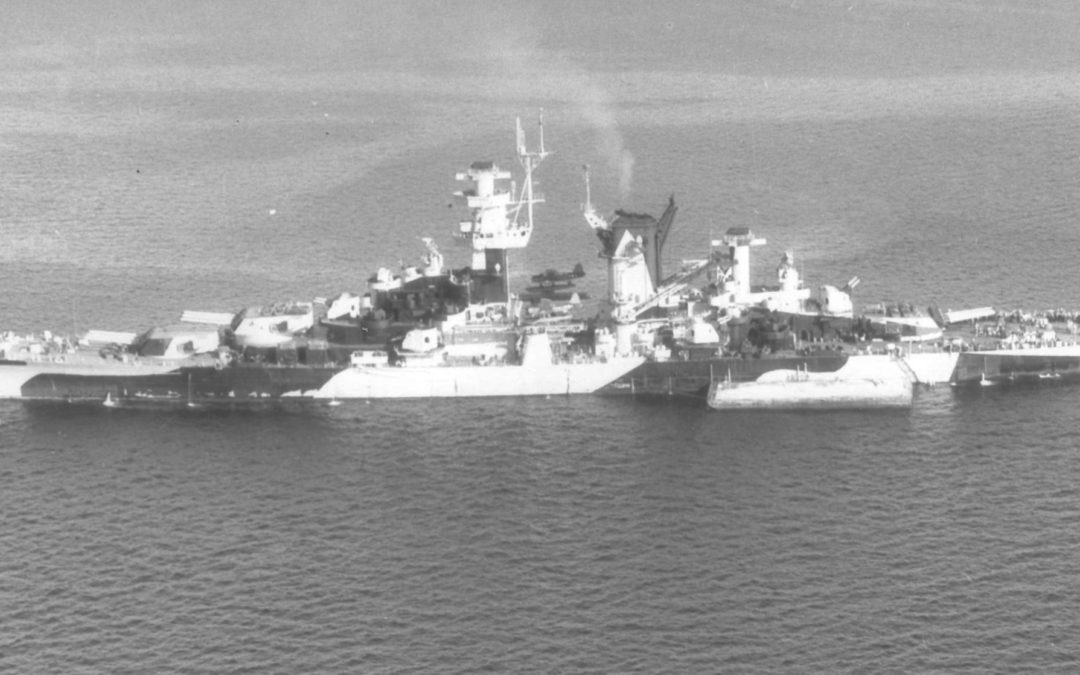
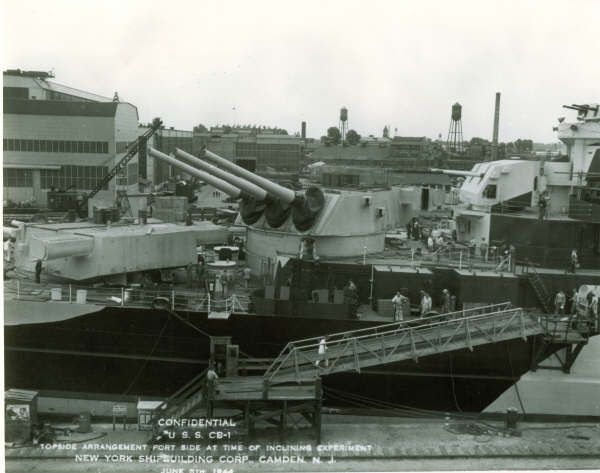
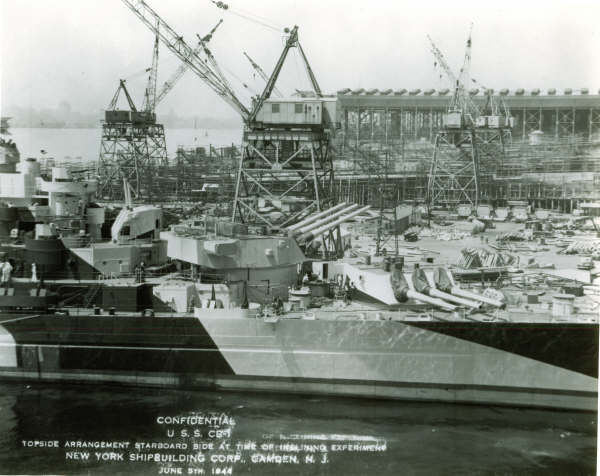
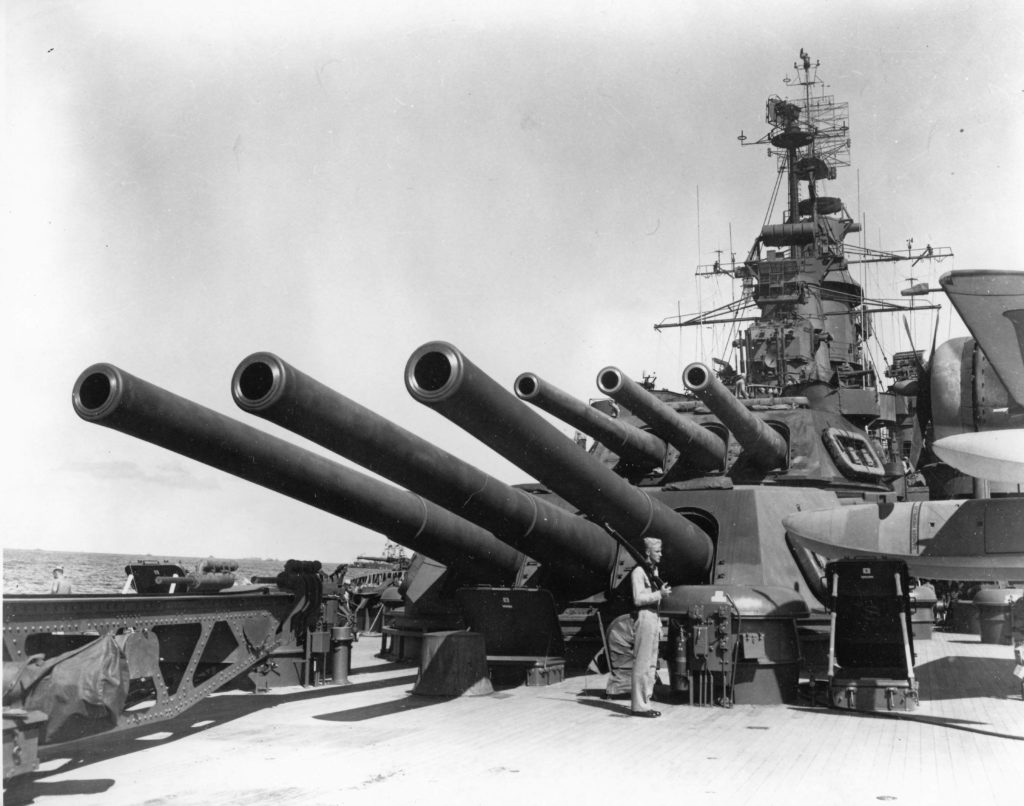
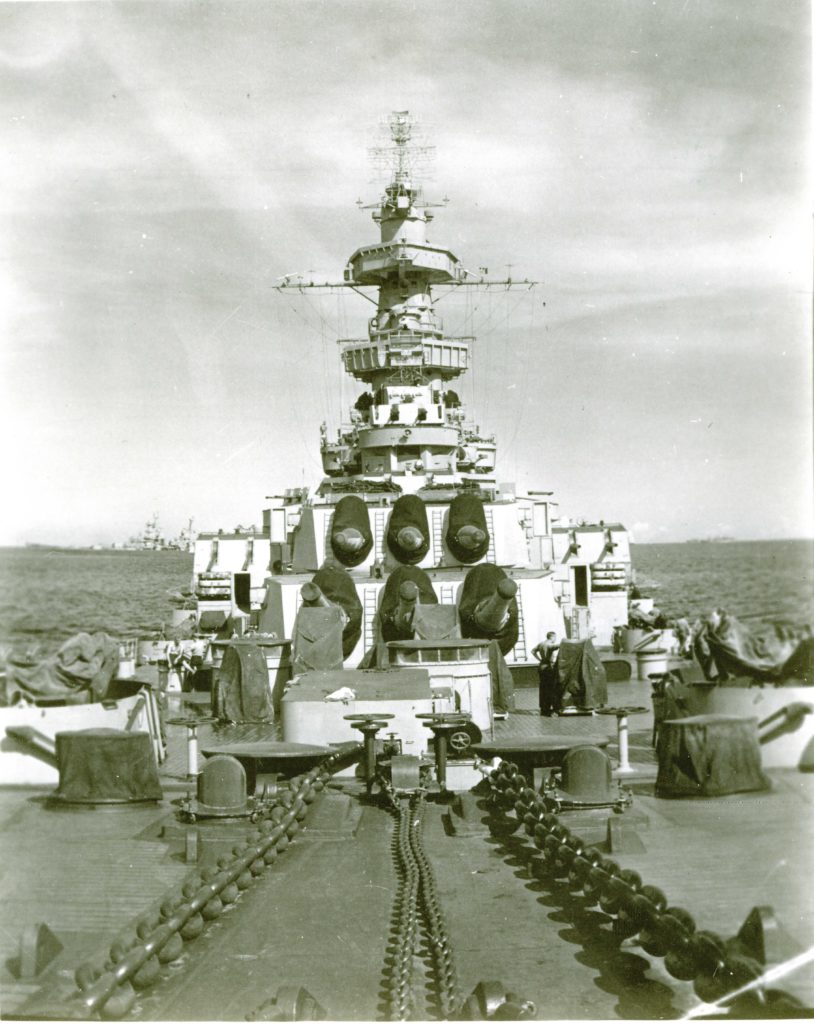
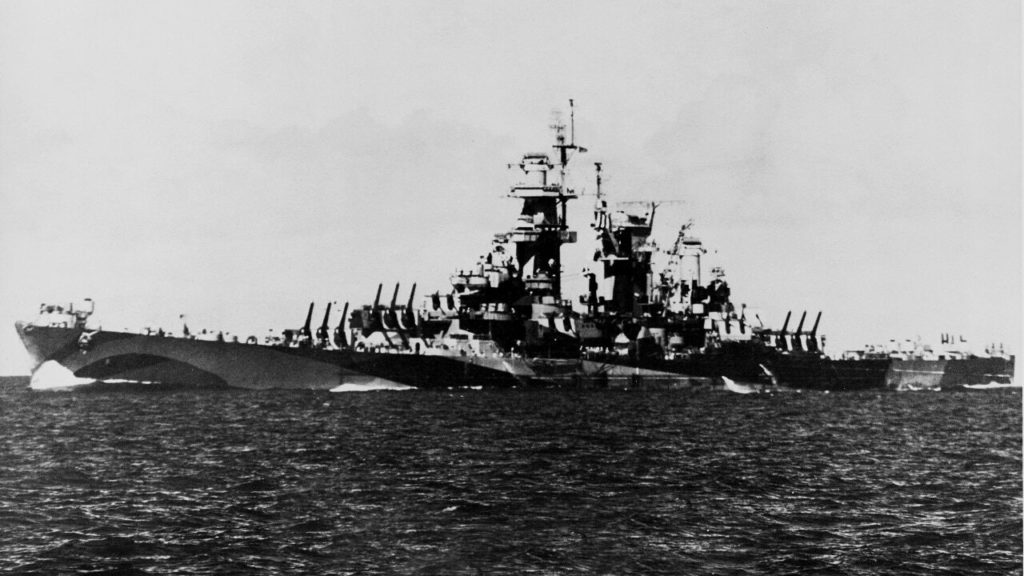
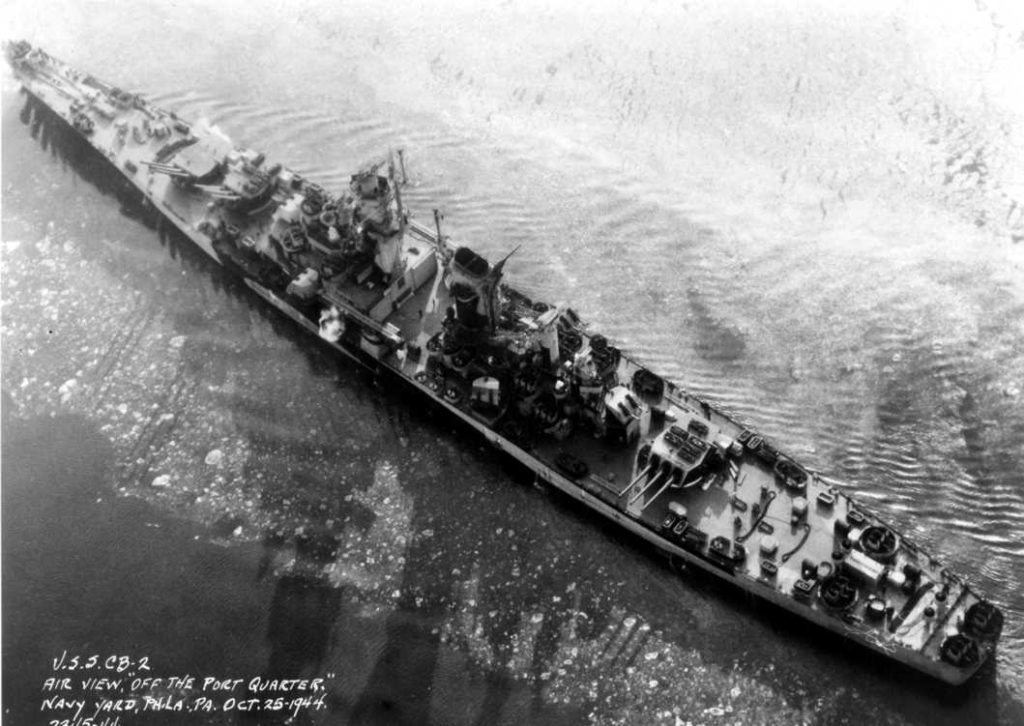
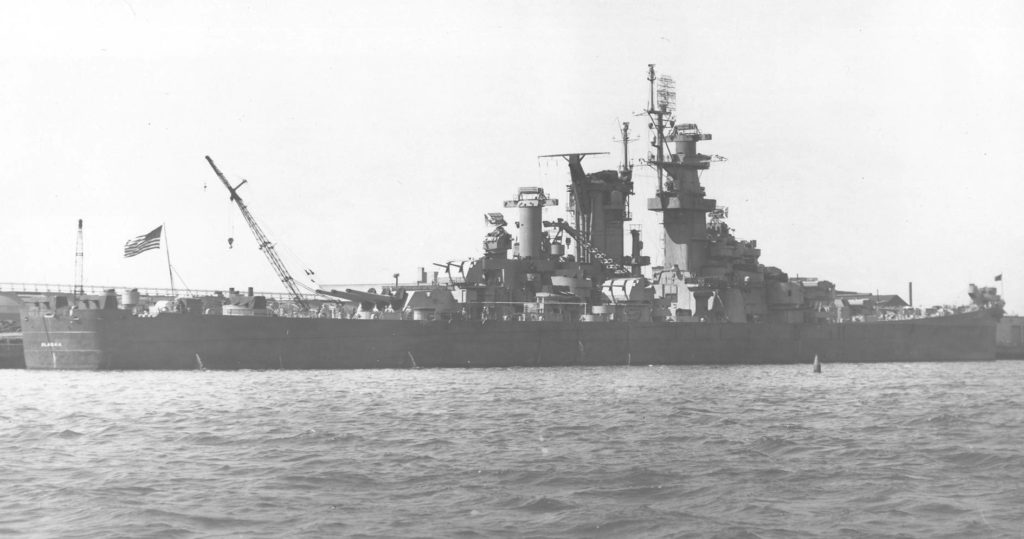
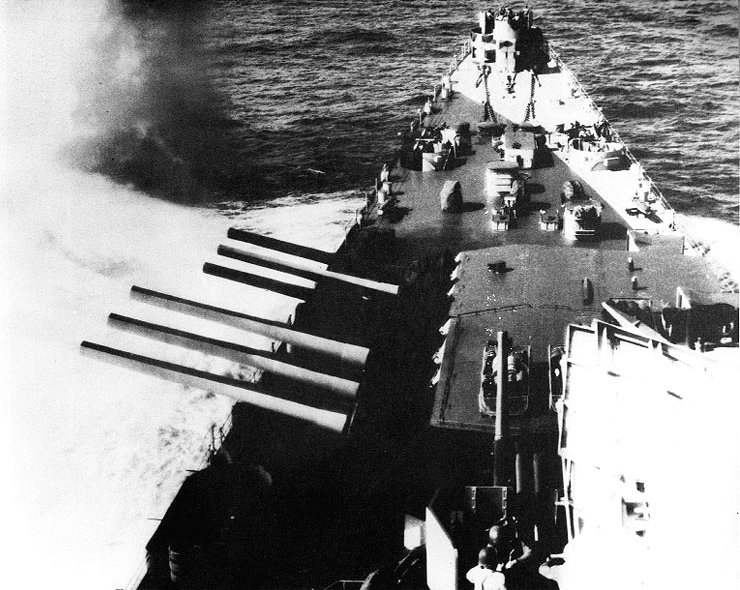

Recent Comments